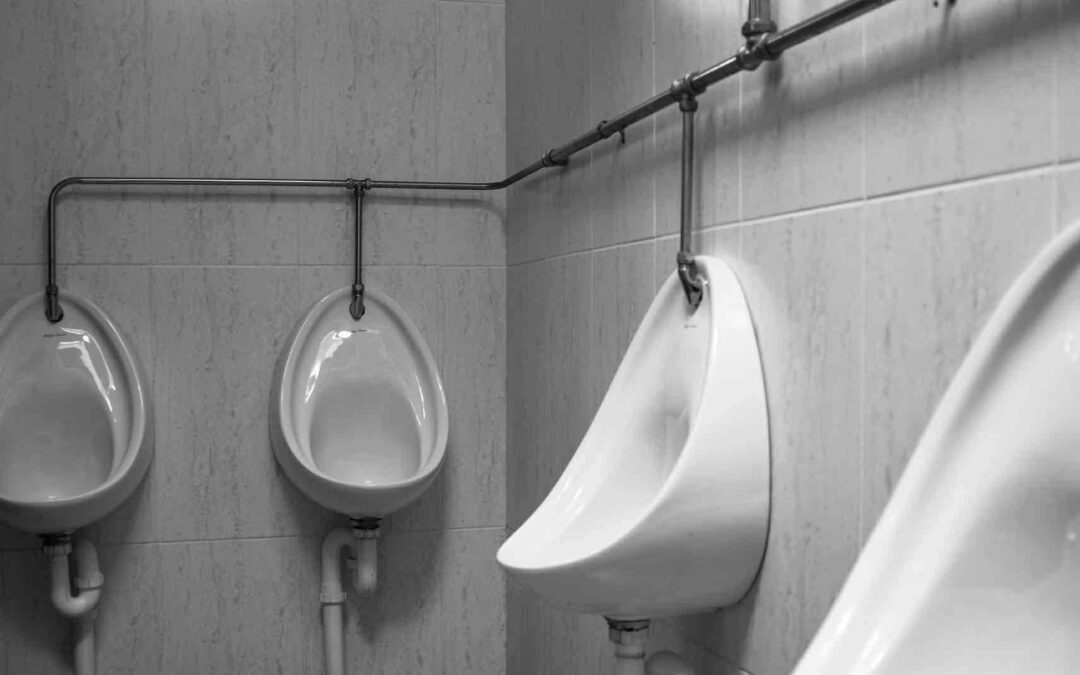Working on a urinal may seem like a daunting task, but with the right knowledge and techniques, it can be a manageable and rewarding experience. Whether you need to unclog a drain, replace a faulty component, or perform routine maintenance, understanding the inner workings of a urinal is essential.
In this article, we will explore helpful tips and techniques to work on a urinal effectively, providing new ideas and advice to simplify the process. Get ready to tackle urinal-related issues like a pro and ensure optimal performance in public restrooms or private spaces.
Familiarize Yourself with the Parts
Before attempting any work on a urinal, take the time to familiarize yourself with its various components. Understanding the main parts, such as the flush valve, handle, spud coupling, and drain, will give you a clearer picture of how the urinal functions. Refer to the manufacturer’s manual or online resources to identify specific parts and their functions. This knowledge will be invaluable when troubleshooting or replacing components.
Gather the Right Tools
Having the appropriate tools at your disposal is crucial for working on a urinal efficiently. Some essential tools include an adjustable wrench, plunger, pipe wrench, channel locks, screwdriver set, and a bucket. Additionally, consider investing in a urinal auger or snake to tackle stubborn clogs. By having the necessary tools readily available, you can save time and ensure that you’re well-prepared for any urinal-related task.
Addressing Clogs
Clogs are a common issue in urinals, often caused by the buildup of debris or mineral deposits. For minor clogs, start by using a plunger to create pressure and dislodge the blockage. If the clog persists, try using a urinal auger or snake to break it up and remove it.
Remember to follow the manufacturer’s instructions when using these tools to avoid damaging the urinal. Regular maintenance, such as periodic flushing with hot water or enzyme-based cleaners, can also prevent clogs from occurring.
Replacing Faulty Components
If a specific component of the urinal, such as the flush valve or handle, is malfunctioning, it may need to be replaced. Before purchasing a replacement part, ensure that it is compatible with your urinal model and size.
Carefully follow the manufacturer’s instructions to remove the old component and install the new one. Take note of any seals or gaskets that may need to be replaced during the process to ensure proper functioning and prevent leaks.
Preventative Maintenance
Regular maintenance is essential to keep a urinal in optimal condition and avoid costly repairs. Develop a maintenance schedule that includes tasks such as checking for leaks, inspecting and cleaning flush valves, and ensuring proper drainage.
Regularly inspect the supply lines, pipes, and seals for any signs of wear or damage. By staying proactive and addressing minor issues promptly, you can prevent larger problems from occurring and extend the lifespan of the urinal.
Hygiene Considerations
When working on a urinal, it’s important to prioritize hygiene and safety. Wear gloves to protect your hands from bacteria and potential contaminants. Use appropriate cleaning agents to sanitize the urinal after completing the work. Additionally, dispose of any waste materials or debris in a sanitary manner. By maintaining good hygiene practices, you contribute to a clean and healthy restroom environment.
Seek Professional Help When Needed
While many urinal-related tasks can be handled independently, some issues may require the expertise of a professional plumber. If you encounter a complex problem or feel unsure about the necessary repairs, it’s best to consult a qualified plumber.

